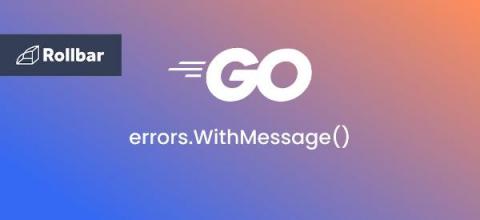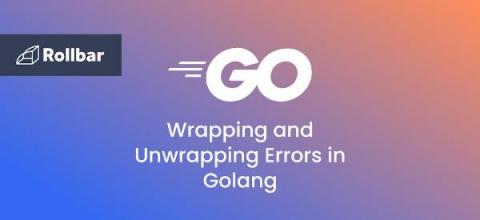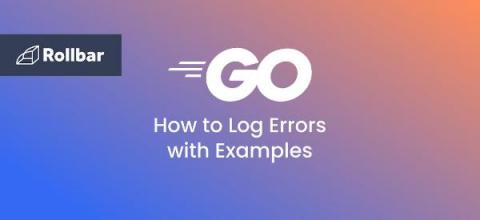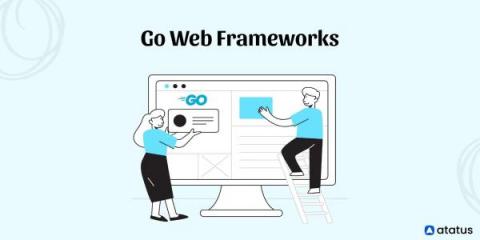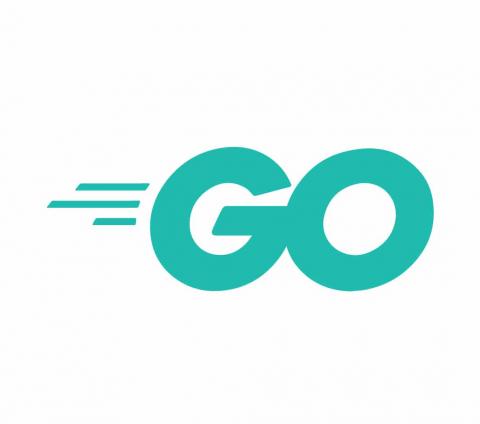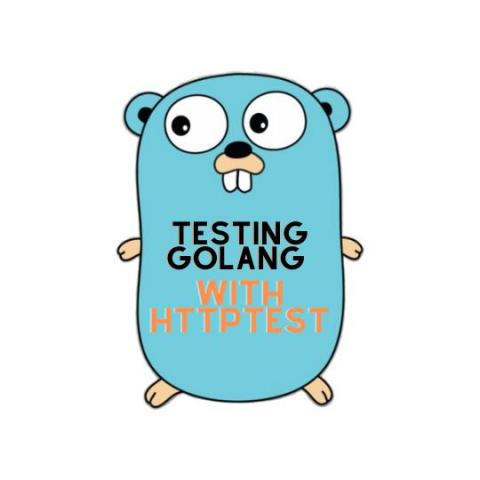Systems | Development | Analytics | API | Testing
Go
How to Use errors. WithMessage() in Golang
In Golang, the WithMessage() method allows you to annotate errors with an additional message. Often, error values by themselves don’t give enough context to be useful in debugging. Take, for example, Golang’s basic error handling technique: In Golang, errors are treated as values, so err contains the error value. In this situation, a developer could make use of the error package to add context to the code along with the failure path without destroying the original value of the error.
How to Wrap and Unwrap Errors in Golang
In Golang, wrapping errors means adding more contextual information to the error which has been returned. For example, the additional information could be the type of error, the cause of the error, or the name of the function where the error is raised. Wrapping is very useful for debugging since you can precisely and quickly locate the source of the problem.
The Ultimate Guide to Error Logging in Go
Logging can be a life-saver when it comes to discovering bugs or faults in your Go (Golang) code. The three most popular ways to log errors in Golang are: This article will walk you through how to log errors using each method, when and why you’d want to use each, along with examples.
Yarden Laifenfeld's talk at GopherCon Europe 2022- "From OOP to Go"
Carbonated: Why Google's Enthusiasm for Go Fizzled as a C++ Successor
Developers are talking about Google’s latest creation: Carbon, a supposed wunderkind programming language that will save the technoverse from C++ and serve as its successor or replacement. Just like a rehashed Hollywood blockbuster about a supposed messiah, we’ve heard this story before. The 2000s saw more than one language try to fix C++’s minuses. The two big ones were Rust (backed by Mozilla) and Go (a.k.a. Golang, initiated by Google).
Go vs. Rust: Debugging, Memory, Speed & More
Rust and Go in some ways are polar opposites. They are defined by their respective approaches to code. Rust is scrupulous, meticulous, and demands painful attention to detail; Go is laidback by contrast, easygoing, and simple. They both prize efficiency, but one in the means (Go) and the other in the ends (Rust). A true Go vs. Rust battle needs to compare the two languages in more depth. Golang and Rust owe their births to loathing for other systems languages (and by languages, I mainly mean C++).
12 Best Go Web Frameworks for Development
Golang is a shortened form of the Go programming language. Golang is a reliable and popular alternative for writing APIs and developing web services since its entry into the technological market. After its introduction, it quickly became one of the best programming languages. In surveys, nearly 90% of all respondents indicated they would move on with Golang. By the way, this is for the upcoming round of projects.
Using gRPC with Golang
In this tutorial, you will learn how to work with the gRPC Golang library for microservice communication by creating a simple note-taking application. APIs and service-to-service communication are what make modern microservice architecture possible. REST is generally the preferred implementation pattern, but if you only use REST, you could miss out on the significant performance gains that gRPC can offer. gRPC can provide better speed and efficiency than REST APIs.
Testing Golang with httptest
Go, often referred to as Golang, is a popular programming language built by Google. Its design and structure help you write efficient, reliable, and high-performing programs. Often used for web servers and rest APIs, Go offers the same performance as other low-level languages like C++ while also making sure the language itself is easy to understand with a good development experience.



